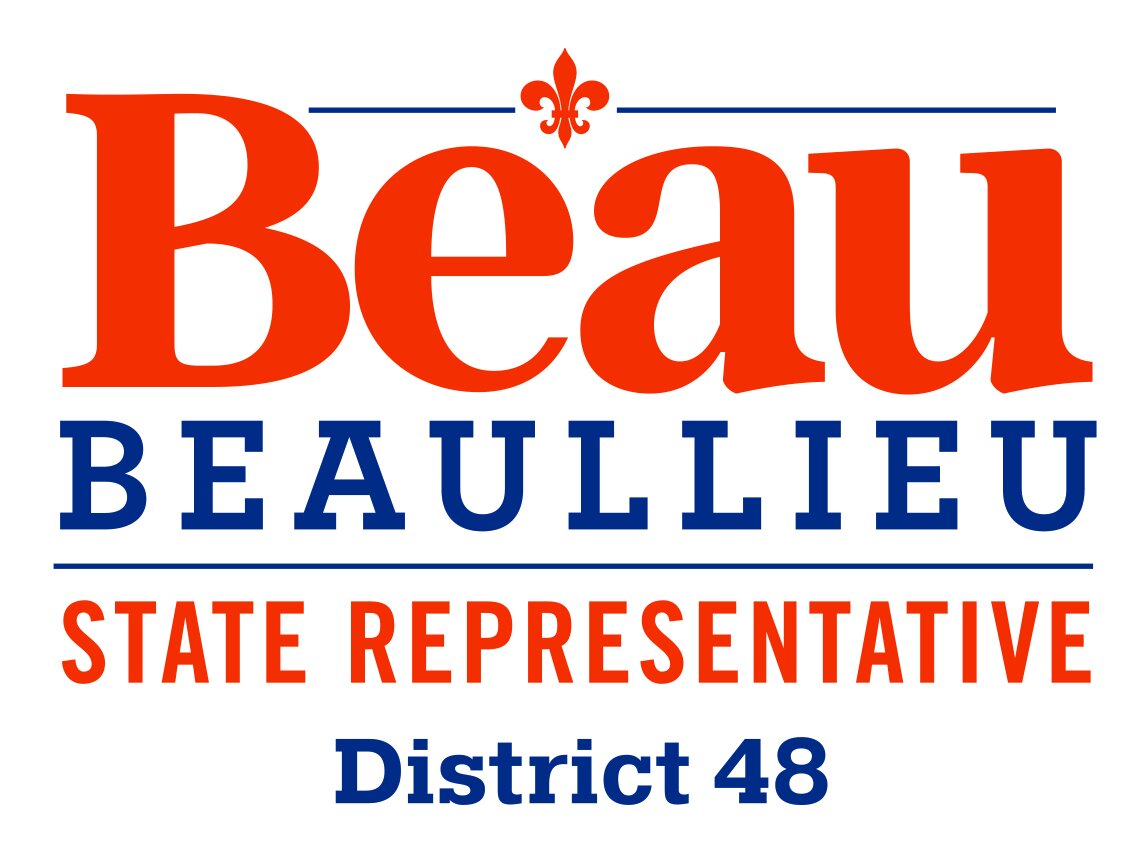Photo source: Stat News
Speaker of the House Nancy Pelosi recently unveiled her drug pricing proposal (HR 3, also known as the Lower Drug Costs Now Act of 2019), which is being debated in key congressional committees this week. It is unprecedented in size and scope, dramatically expanding the role of the federal government in health care decision-making. It also opens the door for bureaucrats in the United States and in foreign countries to determine the type of research companies should pursue and how and when patients can access new treatments and cures.
The speaker claims that her plan to lower drug costs allows the government to “negotiate” prices for 250 medicines, but that is not how it would work. The legislation creates a “ceiling price” based on the average price a medicine is sold in six foreign countries with government-run health care systems — countries that limit patient access to innovative treatments. The legislation also sets a “target price,” which equals the lowest price of the medicine in any of the six countries.
Biopharmaceutical companies can accept the target price or attempt to convince the government they should be paid closer to the ceiling price. But unlike a negotiation in which both parties have leverage, if a company does not accept the price the government is willing to pay for a medicine, it is forced to pay a tax of up to 95% of sales of the medicine. That is not negotiation.
Read more: Pelosi’s drug pricing plan puts medical innovation at risk








